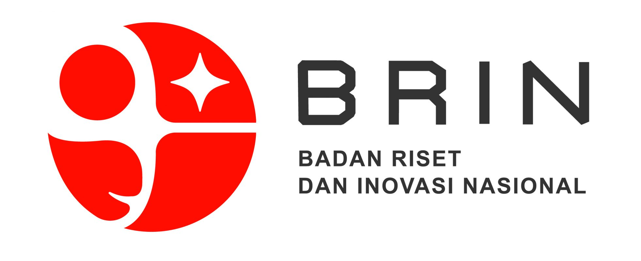Effect of Garlic, Stinky Bean, Dogfruit, Tomato Extracts, and N-acetylcysteine on Rats after 5 Gy Irradiation
T. Kisnanto, I. Kurnia, M. Sadikin
Abstract
The formation of reactive oxygen species (ROS) and free radicals is the most important effect of radiation exposure on biological systems. Several studies have shown that several vegetables are proven to have beneficial effects to protect the body from free radical attacks. This current study was focused on exploring the capability of extracts of garlic, stinky bean, dog fruit, and tomato, as well as N-acetylcystein (NAC), in counteracting free radicals induced by gamma irradiation with a dose of 5 Gy. Seven treatments on male rat were as follow: A (control), B (5 Gy), C (garlic + 5 Gy), D (stinky bean + 5 Gy), E (dogfruit + 5 Gy), F (tomato + 5 Gy) andG (NAC + 5 Gy). The rats were irradiated 8 days after the supplement had been given. Detection of malondialdehyde (MDA), glutathione (GSH), glutathione peroxidase (GPx), catalase (CAT), and 8-hydroxy-2-deoxyguanosine (8-OHdG) was done by biochemical assays, and γ-H2AX foci were counted by immunofluorescence assay to the lymphocytes and plasma samples. The results showed that gamma irradiation with a dose of 5 Gy caused increases in the level of MDA, 8-OHdG, and γ-H2AX foci while decreases were recorded in the level of GSH, GPx, and CAT (p < 0.05). The treatment of garlic, dogfruit, and tomato extracts and NAC reduced free radicals significantly. In conclusion, the tomato has the best ability to overcome free radicals due to gamma irradiation among the treatments inthe experiment.
Keywords
Irradiation; Antioxidant; Free radical; Tomato; N-acetylcystein
DOI:
https://doi.org/10.17146/aij.2020.968
Copyright (c) 2019 Atom Indonesia

This work is licensed under a
Creative Commons Attribution-NonCommercial-ShareAlike 4.0 International License.
















